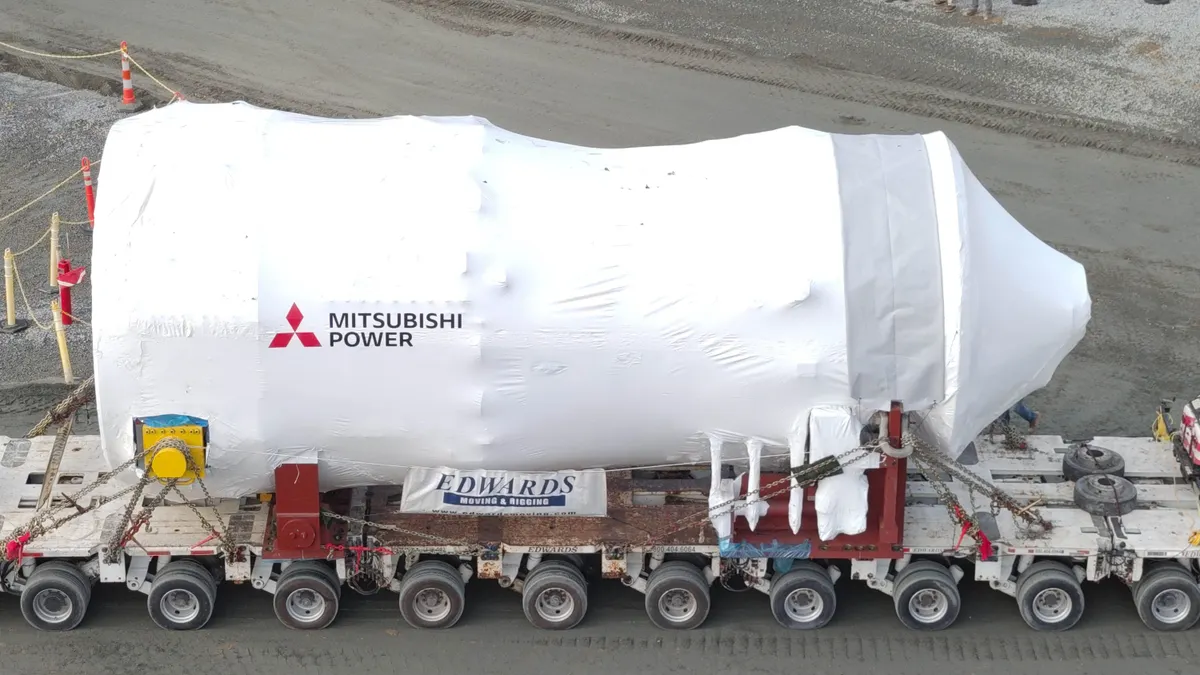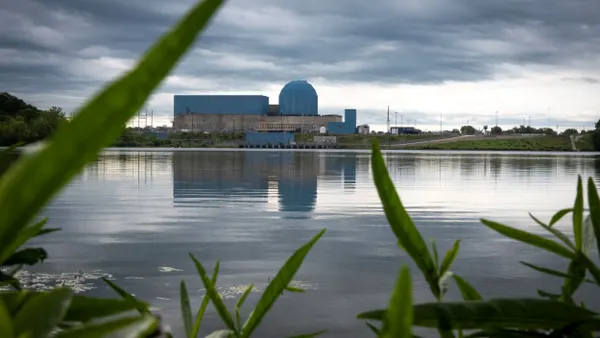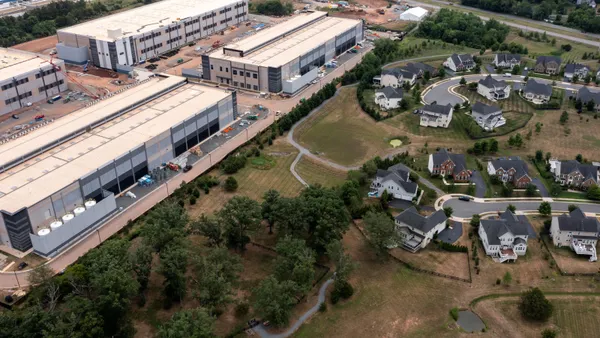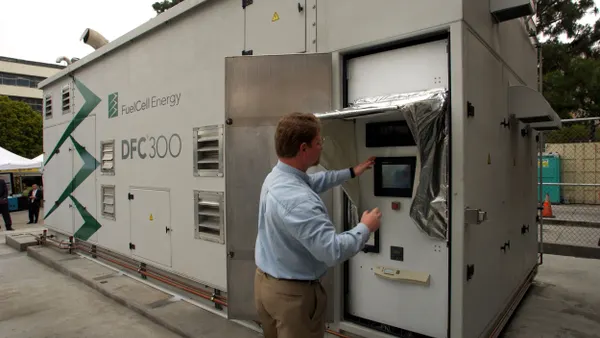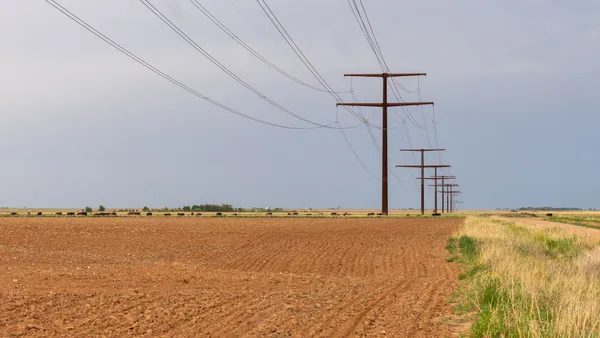Dive Brief:
-
Carbon emissions from U.S. power plants rose 0.6% in 2018 to nearly 1.93 billion tons, according to data the Environmental Protection Agency (EPA) released on Wednesday.
-
The EPA's preliminary 2018 emissions data show lower emissions of nitrogen oxides and sulfur dioxides by 3.8% and 5.9%, respectively.
- The EPA is pursuing the rollback of a variety of climate change regulations, including limits on carbon pollution from power plants and vehicle efficiency standards.
Dive Insight:
The EPA's preliminary emissions report for 2018 is the second study in as many months to estimate rising carbon pollution from the U.S. power sector after a decade of reductions.
In January, research firm Rhodium Group estimated power sector emissions rose 1.9% in 2018 as utilities burned more natural gas to meet record U.S. electricity demand.
While the EPA estimates a more modest emissions increase, its report illustrates the same dynamic. The agency said power generation increased 5% in 2018, leading EPA officials to view the smaller increase in CO2 pollution as a success.
"Through state and federal fulfillment of the Clean Air Act, and advances by the power sector, we've seen significant reductions in key pollutants while electricity generation has increased," Bill Wehrum, EPA Assistant Administrator for Air and Radiation, said in a press statement.
Overall, the EPA said carbon dioxide emissions from power plants have dropped since 2011 by about 20%. The U.S., however, remains off the pace to meet international climate targets under the Paris Accord, which the Trump administration intends to exit.
That agreement, illustrated below, envisioned a near-term carbon reduction target for developed nations of 26% to 28% by 2025. Rhodium estimates the U.S. was behind that pace even before the emissions increases of last year.






